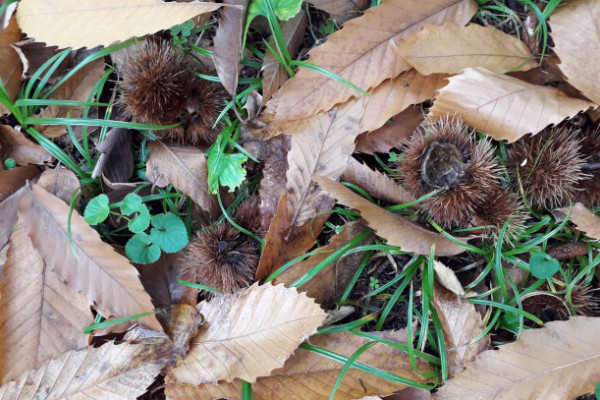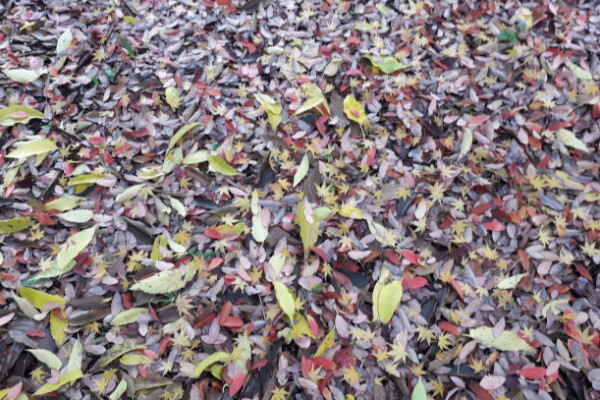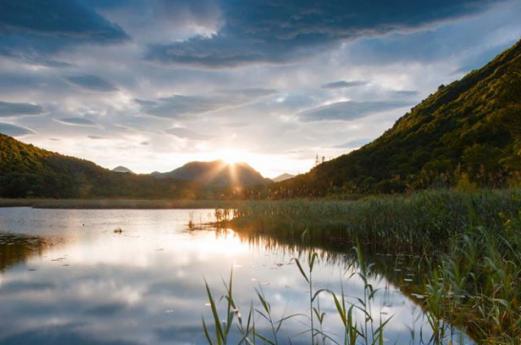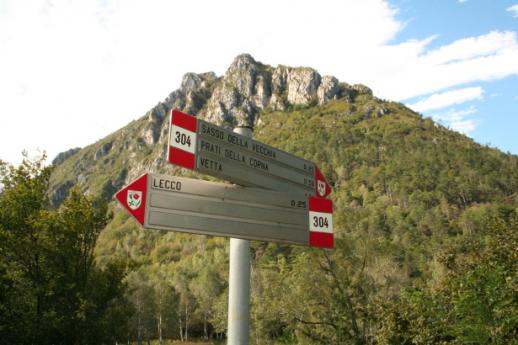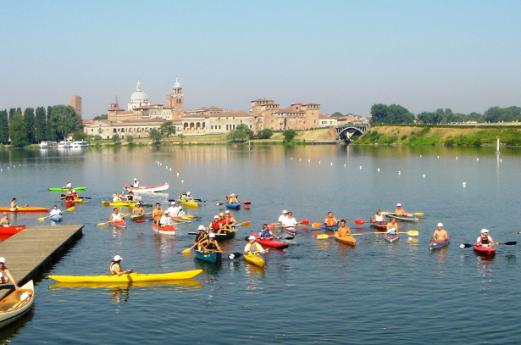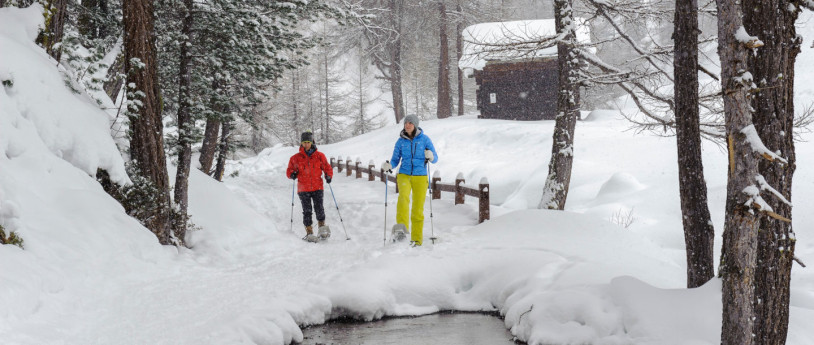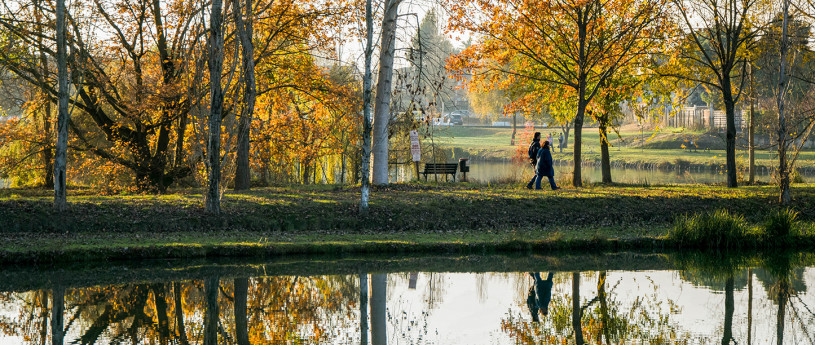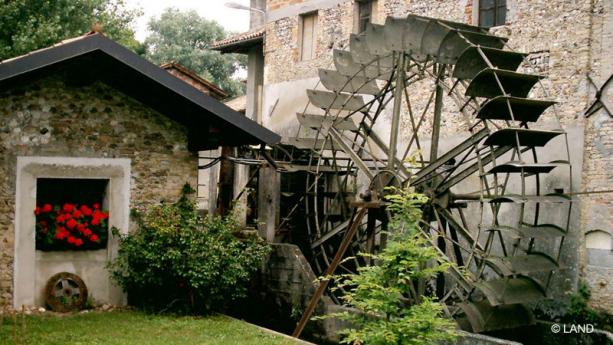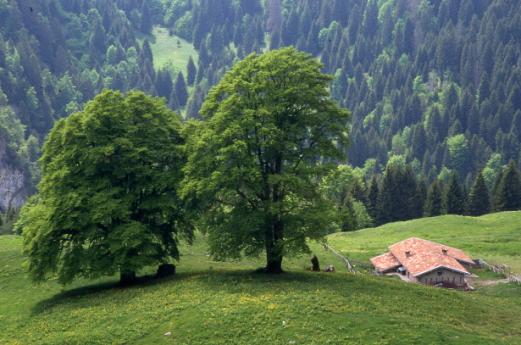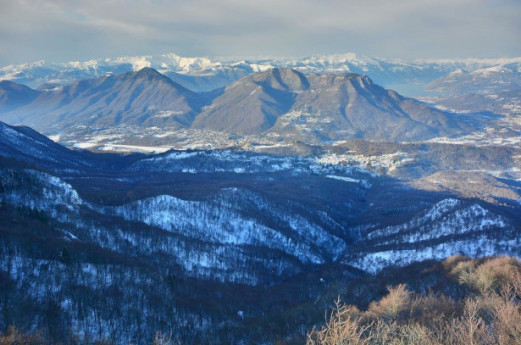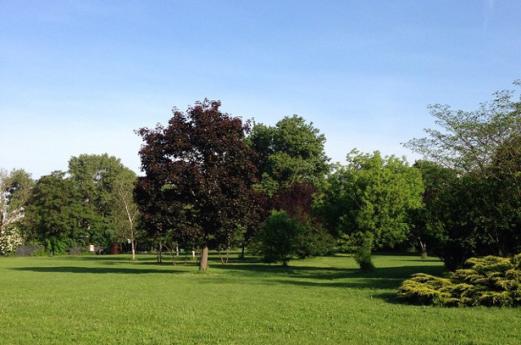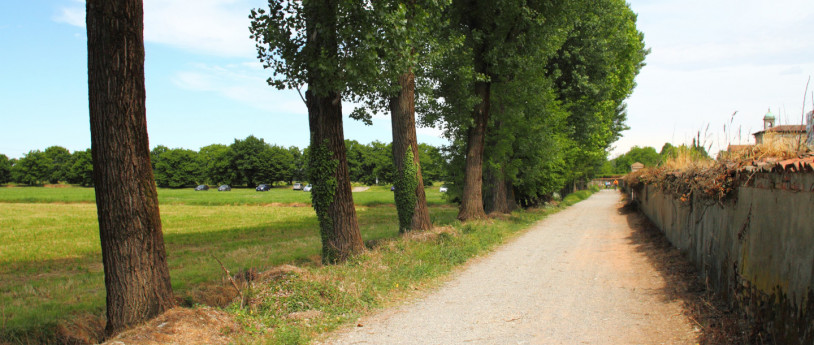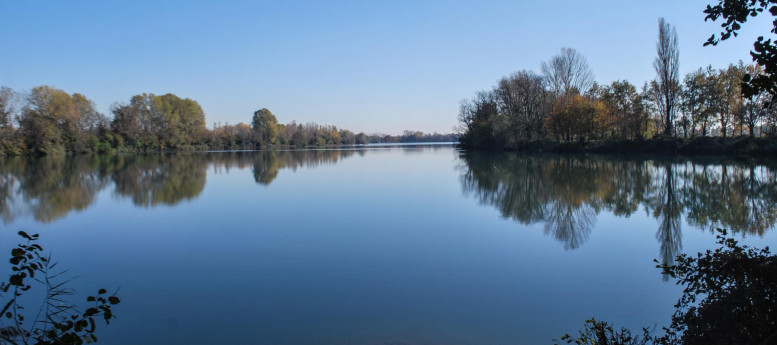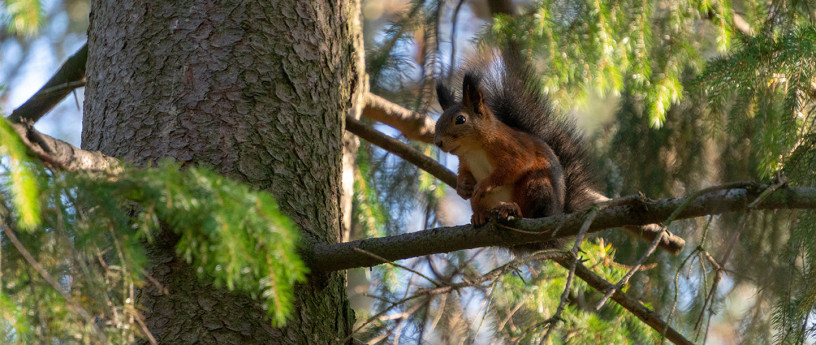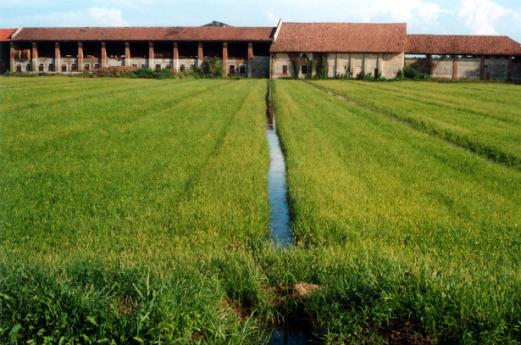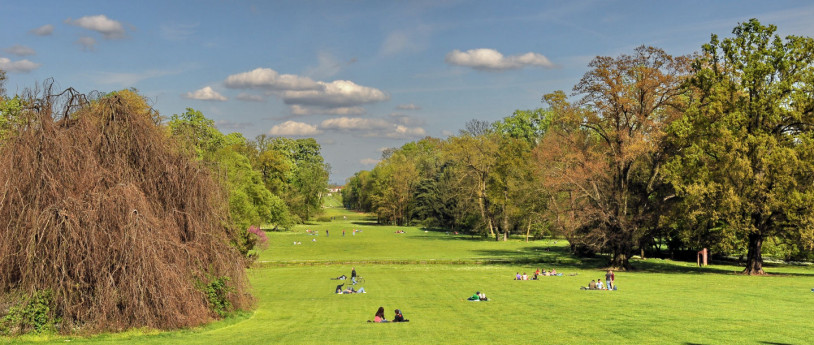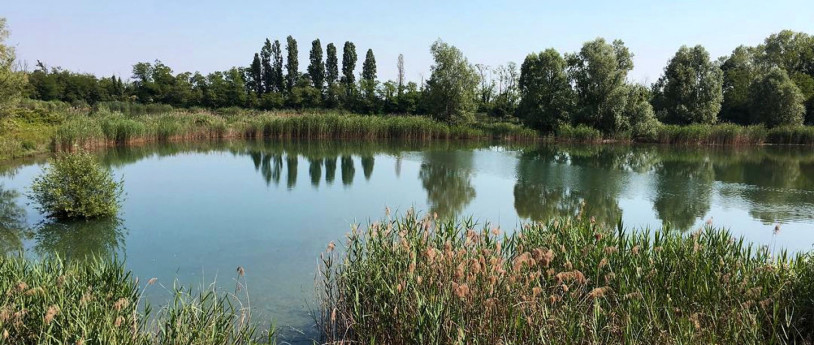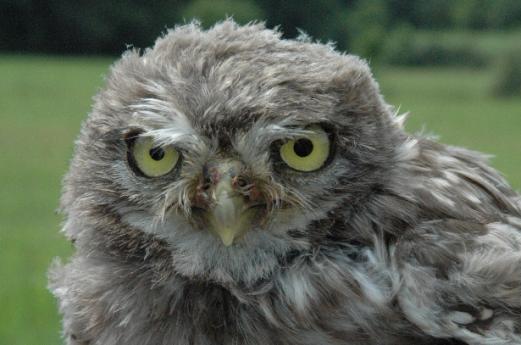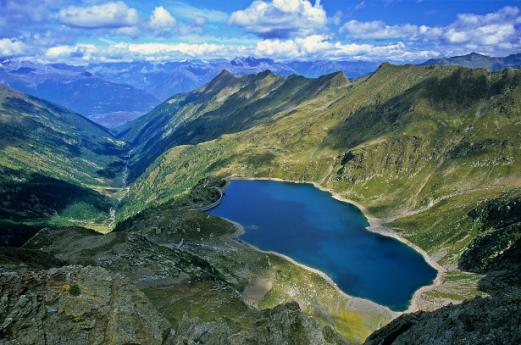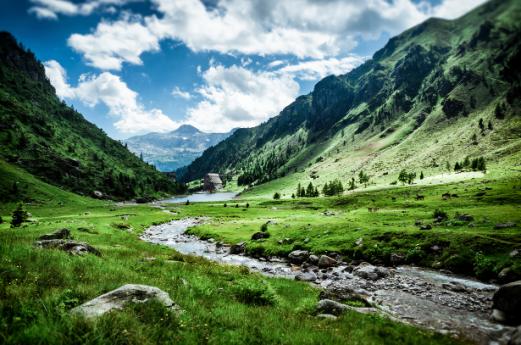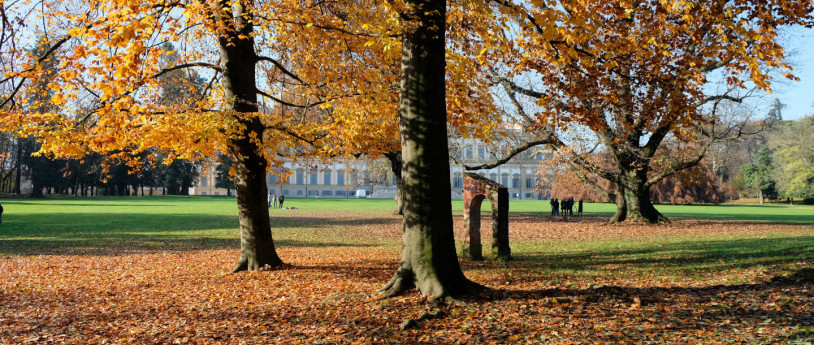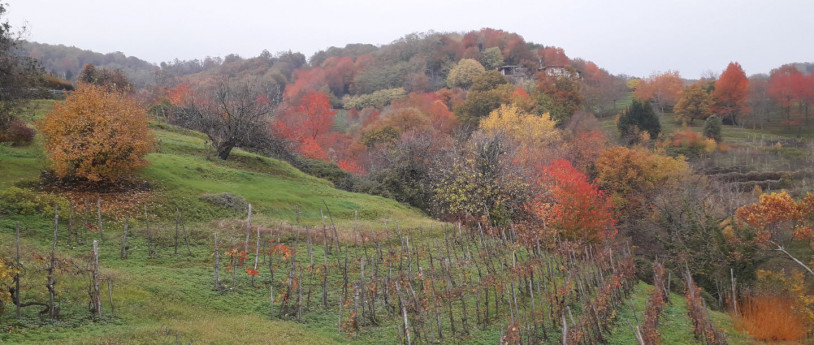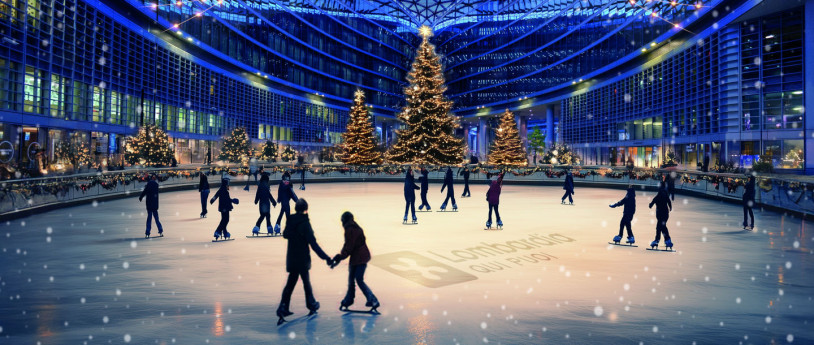- Parks
- Active & Green
St. Martin's Day, chestnuts and wine
The next leg of our journey through the lands of the North Adda Park is dedicated to the colors and scents of autumn.
In the past, more than now, from south to north, September and October were the months of cob, chestnut andgrape harvesting while November was the month of flaking, drying and fermentation. From Cassano d'Adda to Trezzo sull'Adda, from Imbersago to Monte Marenzo we know that vine cultivation was practiced since Roman times. It would later spread thanks to the action of monasteries, such as the Benedictine monastery of San Giacomo di Pontida but also that of the Discalced Carmelites of Concesa.
From the 15th century, noble Milanese families began to invest in vineyards and, if they came to Trezzo sull'Adda for the grape harvest, they were also supplied by the renowned vineyards on the Bergamo and Lecco sides. Until the mid-19th century we have evidence of wine cellars, innkeepers and taverns, wine presses, stores and barrel makers, made of oak and chestnut. In the Bergamo and Lecco shores many varieties are mixed together in the same vineyard and in the same row, white and red wines generically called nostranelli are therefore produced. The vineyards of Trezzo sull'Adda yielded sparkling and full-bodied wines, such as "Moscatello d'Adda" and "Passito di Castelbarco."
Between the late nineteenth and early twentieth centuries, when by then phylloxera had destroyed most of the vineyards, the Pirovano family in Vaprio d'Adda tried their hand at grafting, resulting in "Delizia di Vaprio" and "Uva Italia." Even at the height of the 20th century in Trezzo sull'Adda, a red table wine was produced, the first glasses of which could be drunk on St. Martin's Day (November 11). And it is this warrior saint, patron saint of wine growers and grape pickers, with whom the agricultural calendar was associated and whose devotion spread to our lands after the rule of the Franks, that brings us north of the park, where an entire valley is dedicated to him.
These lands, where hills and mountains overlook the river, are known for a special processing of chestnuts that presupposes a precise artisanal technique based on slow drying of the product in particular farmsteads. Ancient knowledge and traditions, handed down by theSan Martino Valley Ecomuseum and still kept alive by some families, although today chestnut cultivation has lost the importance it once had. In the past, in fact, chestnuts were the staple food of these areas, especially in winter, when they were eaten for breakfast (chestnuts and milk) at lunch and dinner: in fact, after they were dried, a flour was obtained that was used for bread, polenta and even cakes.
In the Monte Marenzo area, the chestnut grove was called selva, but not with the meaning of dark forest, rather, with the meaning of something wild that was domesticated, precisely because it was a source of food. The uglier chestnuts were fed to the animals but the nicer ones became important bargaining chips, especially with the areas south of the park.
Statutes stipulated that the chestnut harvest by the owner, ended in November itself, after which even the poor could go freely to collect the fruit. An old folk belief states that the chestnut husk contains three chestnuts: one for the owner, one for the farmer, and one for the poor. It only remains for me to wish you a good walk!
-
Ph visore: Pontida, vineyards and woods in autumn (Claudia Gerosa)
Text edited by CLAUDIA GEROSA, ConfGuide-GITEC licensed guide.
If you enjoyed this story, CLICK HERE to discover its various itinerary suggestions.
